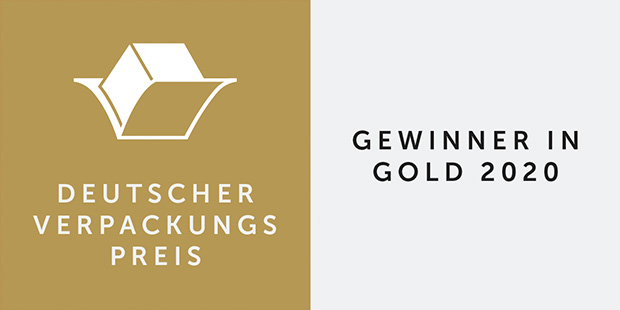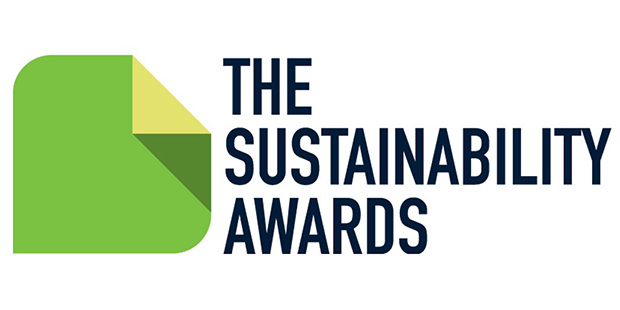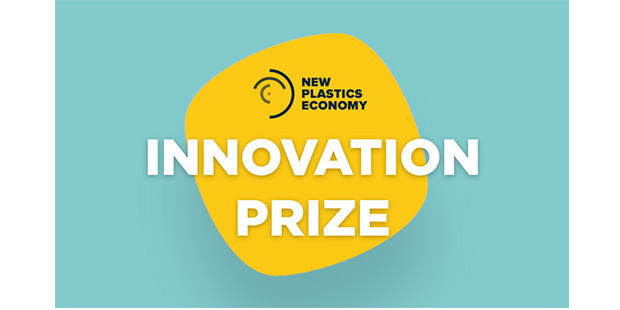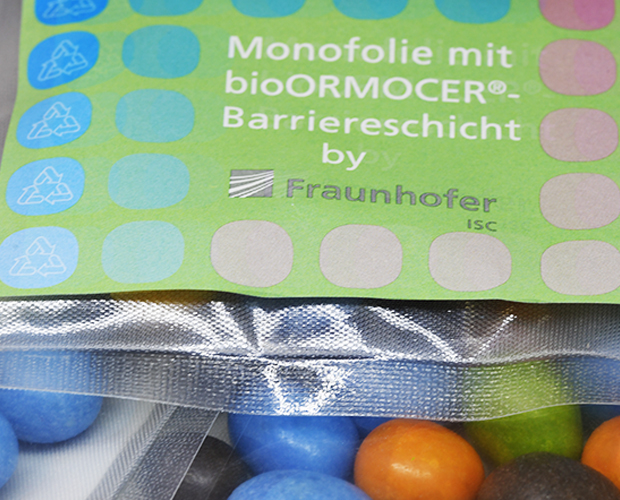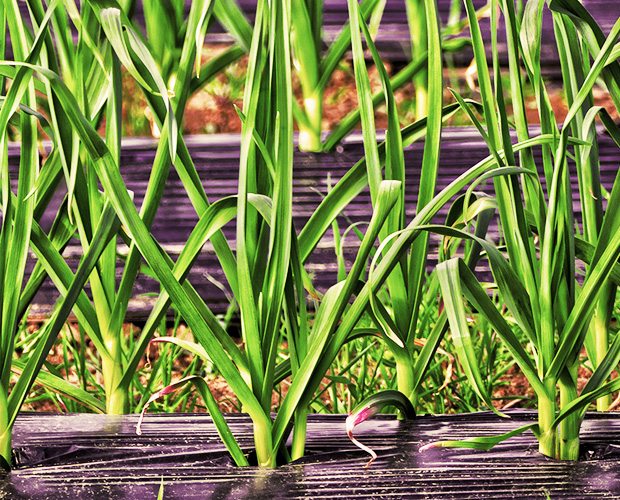Excellent award-winning packaging materials for the future
Polluted oceans, endless plastic waste and alarming natural disasters: We are constantly confronted with the global environmental crisis and are therefore required to revise our thinking. This also applies to the production and the use of packaging materials.
While fulfilling a number of necessary properties that guarantee the safe packaging of food, conventional plastic packaging (usually non-recyclable multilayer composite films), poses a major threat to the environment and, in this context, to human health. Improper disposal favors the penetration of finely dispersed plastics – in the form of microplastics – into the biosphere, oceans, soil, groundwater and ultimately the food chain.
The ORMOCER®s developed at the Fraunhofer ISC offer a possible solution to this problem. These are inorganic-organic hybrid polymers that exhibit the relevant characteristics of packaging materials, such as excellent barrier properties against water vapor, oxygen and the loss or penetration of flavors, and are thus suitable for the production of multifunctional coatings. Thanks to their high effectiveness, an extremely thin layer of ORMOCER®s is sufficient to ensure the required barrier properties.
bioORMOCER®: from “environmentally friendly” to “biobased” and “compostable”
Against the background of saving fossil resources and presenting alternative material solutions, Dr. Sabine Amberg-Schwab and her team optimized the material class of ORMOCER®s and thereby developed the material class of bioORMOCER®s. This variant of the coating paints is not only biobased and compostable, but also represents a more sustainable approach. This is because the organic-fossil components of ORMOCER®s are replaced by bioorganic components that can be obtained both from residual materials from food production and from biological waste. As a result, biogenic, readily available raw materials form the basis for the production of bioORMOCER® coatings. On the one hand, this “upgrade” promotes the recyclability of packaging and, on the other, enables fossil resources to be saved.
Being a further development of ORMOCER®s, bioORMOCER®s have comparable characteristics and therefore also ensure excellent barrier properties. For this reason, they serve not only as a refinement of packaging materials in food production, but also in the cosmetics and pharmaceutical industries. The possibility of applying bioORMOCER®s in the form of biopaints to biopolymers, conventional plastics or even paper widens the spectrum of innovative, biogenic packaging concepts and provides sustainable alternatives. Since bioORMOCER®s can be applied using various processes, it is possible to coat flat substrates as well as complex geometric shapes, such as trays, jars, and the like.
In recent years, the research of Dr. Sabine Amberg-Schwab and her team has been recognized with several awards. In 2020, they received the Deutscher Verpackungspreis (German Packaging Award) in the category “Sustainability” in gold.
